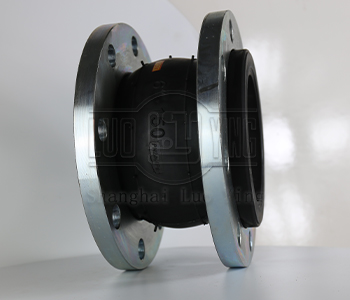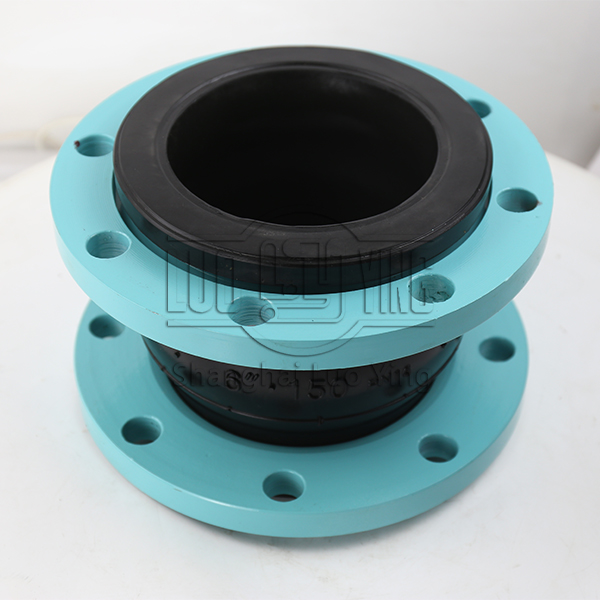The difference between KXT type rubber joints and JGD type rubber joints
Jun-23-19
The difference between KXT type rubber joints and JGD type rubber jointsKXT type rubber joints and JGD type rubber joints are two different types of rubber joints with certain differences in design and usage. This article will briefly introduce the features and differences between these two types of rubber joints and discuss their use scenarios.
Inspired by aerospace and mechanical design, KXT type rubber joints are designed and manufactured to meet high performance requirements and long time use. with adjustable curvature and adjustable pressure, KXT type rubber joints can be adapted to different applications. This rubber joint features a detachable design that allows easy replacement of the internal rubber seal to adapt to different work loads and working environments.

Use scenario:
KXT type rubber joints are suitable for applications that require high performance, long time use, frequent adjustment and unstable work load, such as
1. aerospace fields, such as aircraft engines and air conditioning ducts, which require rubber joints with curvature and pressure that can adapt to high-speed flight and varying loads
2. power systems, such as power transmission lines and power supply systems, which require rubber joints that can withstand high pressure, high temperature and low temperature environments
3. automotive manufacturing, such as automobile emission piping and automobile engines, which require rubber joints that can adapt to different loads and working environments
4. the construction field, such as air conditioning ducts and HVAC systems of buildings, which require rubber joints that can withstand high temperature and low temperature environments.

1. HVAC systems, such as air conditioning pipelines, which require pipeline diameters and lengths that can be distributed in different areas;
2. electrical systems, such as transmission lines and power lines, where the stability and reliability of the piping is required
3. building systems, such as ventilation systems and HVAC systems, requiring stability and reliability of piping
4. automobile emission systems, which require piping that can withstand high pressure and high temperature environments.
To sum up, there are certain differences in design and usage between KXT type rubber joints and JGD type rubber joints, and different applications require different rubber joints to be selected.

